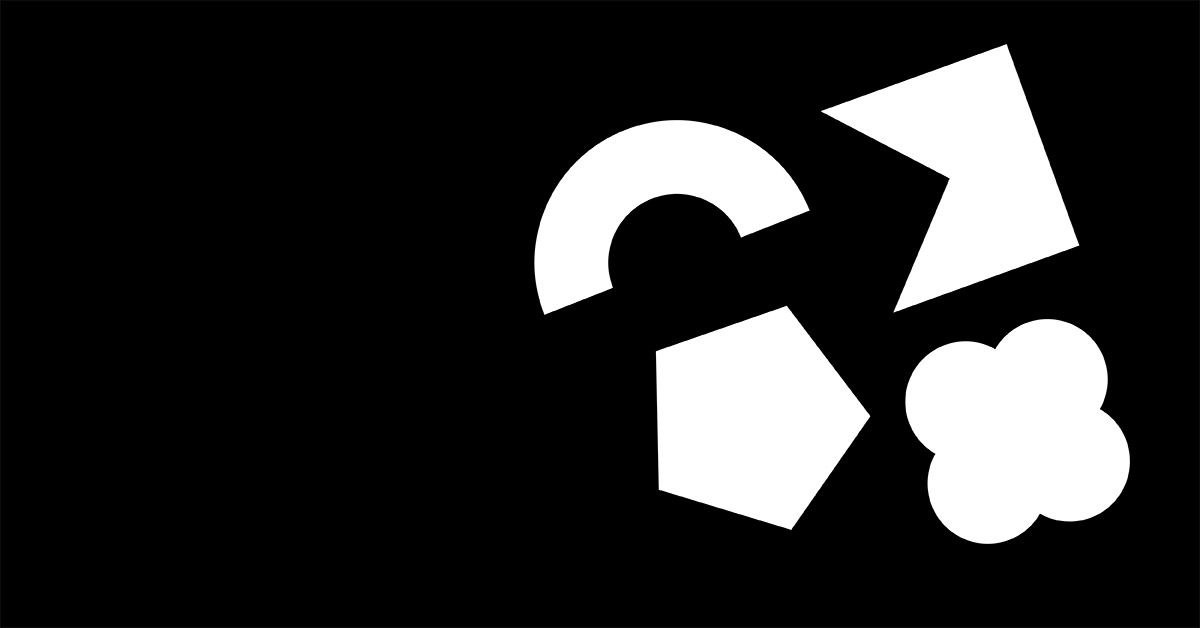Taking an inclusive approach to your brand matters
Inclusivity in brand and marketing has been a major talking point over recent years, largely driven by critique and praise over social media. Recent studies have proven that demonstrating inclusion and diversity in advertising is no longer optional, it’s an imperative. While advertising is a superficial (but highly visible and important) part of brand inclusivity, it can be a catalyst for deeper and lasting change.
WHAT IS INCLUSIVITY?
Inclusivity occurs when a diversity of people (e.g. of different ages, people with disability, cultural backgrounds, genders) feel valued and respected, have access to opportunities and resources and feel represented in media and social discourse.
WHEN IS A BRAND INCLUSIVE?
When a brand is inclusive it starts from the inside-out. Looking at the organisation internally and seeing authentic decisions that positively drive inclusion are a good sign. The company’s values and hiring policies should give you an indication of inclusive decision making.
Example: Companies that provide flexible working arrangements are accommodating their staff’s needs, like parental responsibilities. Hiring parents that need a flexible schedule is an example of inclusive hiring.
Inclusive practices and policies will naturally flow into more visible parts of a brand such as language, messaging and marketing.
A successful inclusive marketing campaign will highlight people or groups that might be under or misrepresented. In early 2021 Australian retailer THE ICONIC launched a Modesty Edit; an ecommerce feature simplifying the shopping experience for customers choosing to dress modestly for religious purposes.
Example: Fatima is looking for a new headscarf to buy for a job interview. She is happy to see that THE ICONIC has a wide range of outfit options that are curated for her shopping needs. She can see images of models wearing headscarves she likes and sends a link to her sister.
WHAT ABOUT THE DATA?
According to a 2019 Kantar study, 3/4 of the women surveyed were over-targeted in categories like laundry and household products while under-targeted in categories like automotive. Their study did reveal that progressive portrayals of gender roles in advertising has had a positive outcome. Performance based metrics determined that progressive ads performed better than those that were labelled as stereotypical and unprogressive.
Reporting insights such as these can provide a tangible way for decision-makers to see the value in reviewing their brand positioning, identity and associated marketing.
WHAT ARE SOME LOCAL EXAMPLES OF INCLUSIVITY?
Kmart Australia have been consistently creating inclusive advertising since their 2017 back-to-school campaign. The campaign featured children wearing hearing aids, orthoses and children living with Down syndrome. Over the past seven years this has expanded to featuring models using wheelchairs and people with prosthetic limbs. Kmart has gone a step further embedding inclusivity in its brand by releasing a range of inclusive toys such as a gender non-conforming doll and a doll with Down syndrome.
Building a strong and consistent brand is multi-faceted, and an ongoing journey. The same of course applies to inclusive branding. Done right it will impact across every facet of the business, both internal and external. While many brands have a long way to go, the steady shift in conversation is helping to drive authentic change, and results.
Thinking of rebranding your business? Get in contact with us to find out more.


